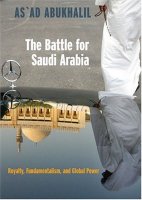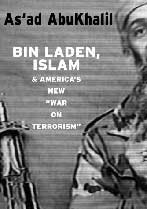"When Israel began building a reactor with France’s help, its officials in June 1960 described it to the U.S. Embassy there as “a textile plant” and later as “a metallurgical research installation,” according to a March 1964 memo prepared for then-National Security Adviser McGeorge Bundy.
In December 1960, then-Israeli Prime Minister David Ben-Gurion announced in the Knesset that the building of a 24-megawatt reactor at Dimona would not be completed for four years. It was, he said, “intended exclusively for peaceful purposes.”
At a Jan. 4, 1961, meeting with then-U.S. Ambassador to Israel Ogden Reid, Ben-Gurion agreed to allow U.S. scientists to visit the reactor provided there were no leaks of information.
The first visit was in May 1961, and the scientists reported that the reactor was “entirely as advertised.”
On May 30, 1961, Ben-Gurion met with President John F. Kennedy at the Waldorf-Astoria in New York City and said that a second reactor was for power but that in a few years Israel might build a pilot plutonium separation plant. He added that there was “no intention to develop weapons capacity now,” according to a State Department memo."
In December 1960, then-Israeli Prime Minister David Ben-Gurion announced in the Knesset that the building of a 24-megawatt reactor at Dimona would not be completed for four years. It was, he said, “intended exclusively for peaceful purposes.”
At a Jan. 4, 1961, meeting with then-U.S. Ambassador to Israel Ogden Reid, Ben-Gurion agreed to allow U.S. scientists to visit the reactor provided there were no leaks of information.
The first visit was in May 1961, and the scientists reported that the reactor was “entirely as advertised.”
On May 30, 1961, Ben-Gurion met with President John F. Kennedy at the Waldorf-Astoria in New York City and said that a second reactor was for power but that in a few years Israel might build a pilot plutonium separation plant. He added that there was “no intention to develop weapons capacity now,” according to a State Department memo."








